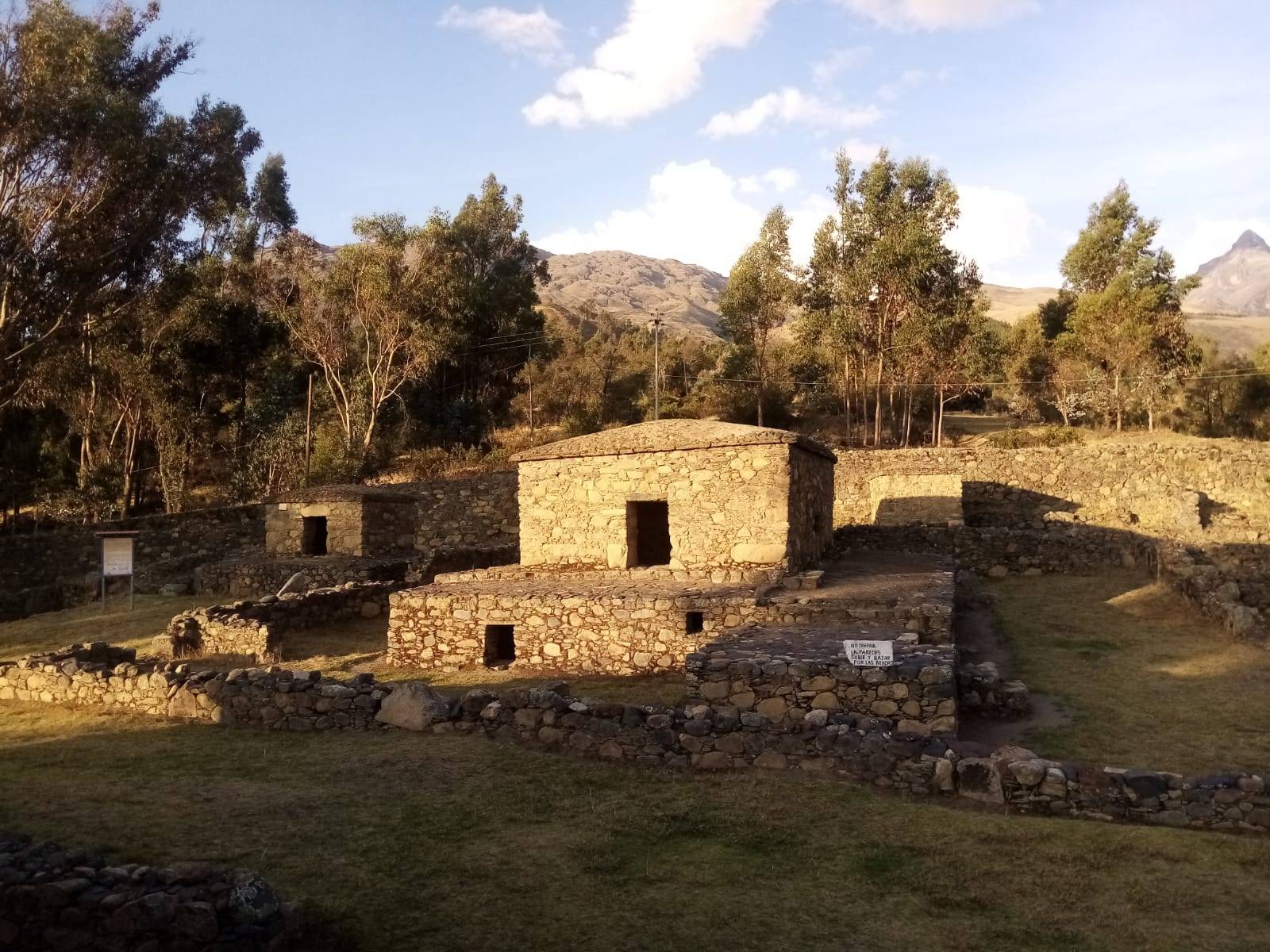The Archaeological Complex of Wilcahuaín: A Testament to Ancient Peru’s Cultural Legacy
The archaeological site of Wilcahuaín, also known as Huilcahuaín, Huillcahuayín, or Willkawaín, represents a significant chapter in the ancient history of Peru. This site, comprising a notable architectural complex from the pre-Inca era, is located in the Callejón de Huaylas, approximately 7 km northeast of Huaraz, in the district of Independencia, province of Huaraz, department of Ancash, at an elevation of 3400 meters above sea level. The centerpiece of this complex is the so-called “Temple of Huilcahuaín,” a three-story building that stands as a testament to the architectural ingenuity of its creators.
Get your dose of History via Email
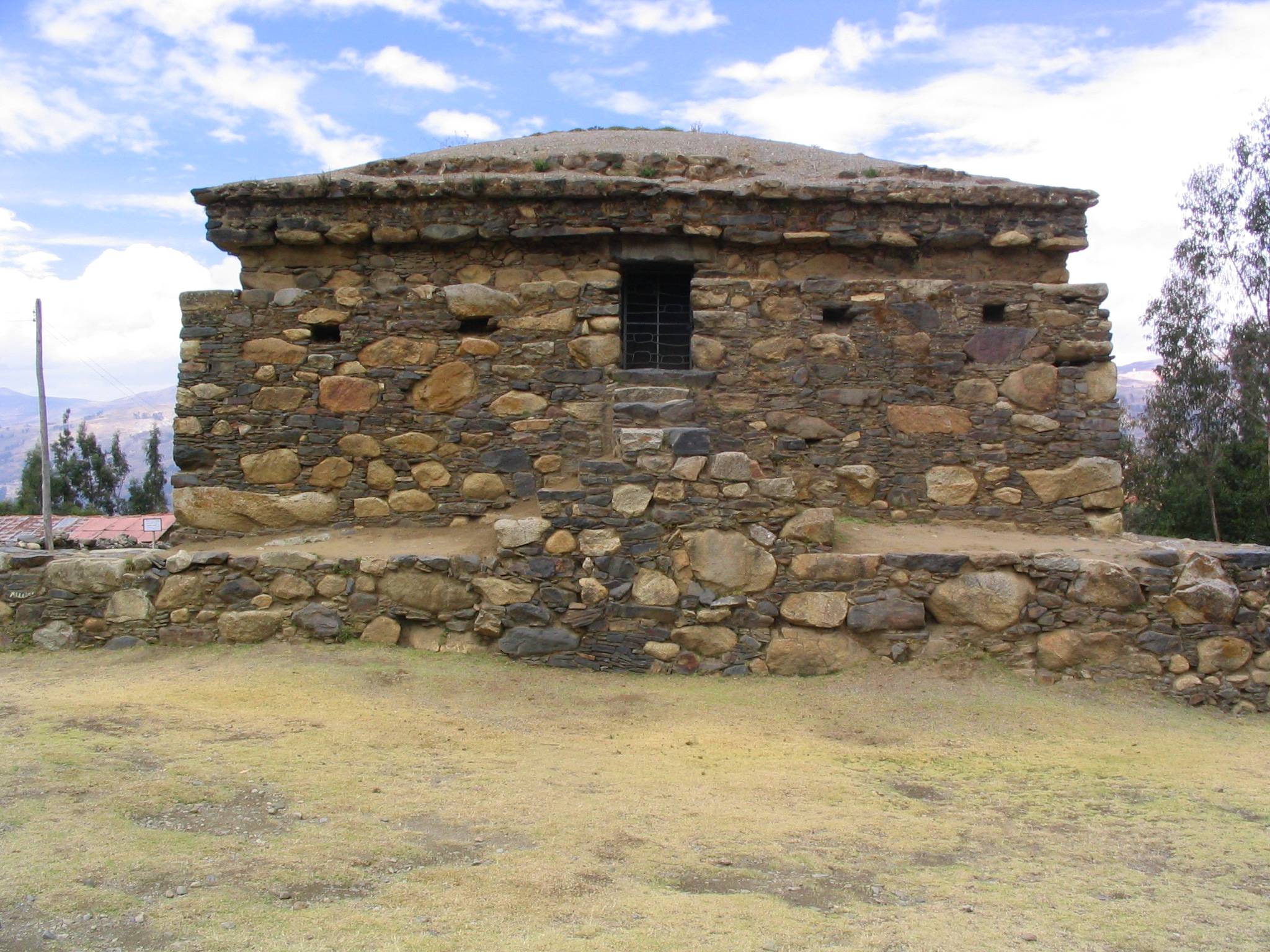
Origins and Cultural Significance
Wilcahuaín’s origins trace back to the Early Intermediate Period, with evidence suggesting its establishment a few centuries before Christ. Initially, it served as one of the administrative centers of the Recuay culture, before transitioning into a significant site for the Huari culture (or Wari) during the Middle Horizon period. This transition likely occurred through military conquest or alliances formed via royal marriages between the Recuay and Huari elites. The site continued to flourish until approximately the 9th century AD.
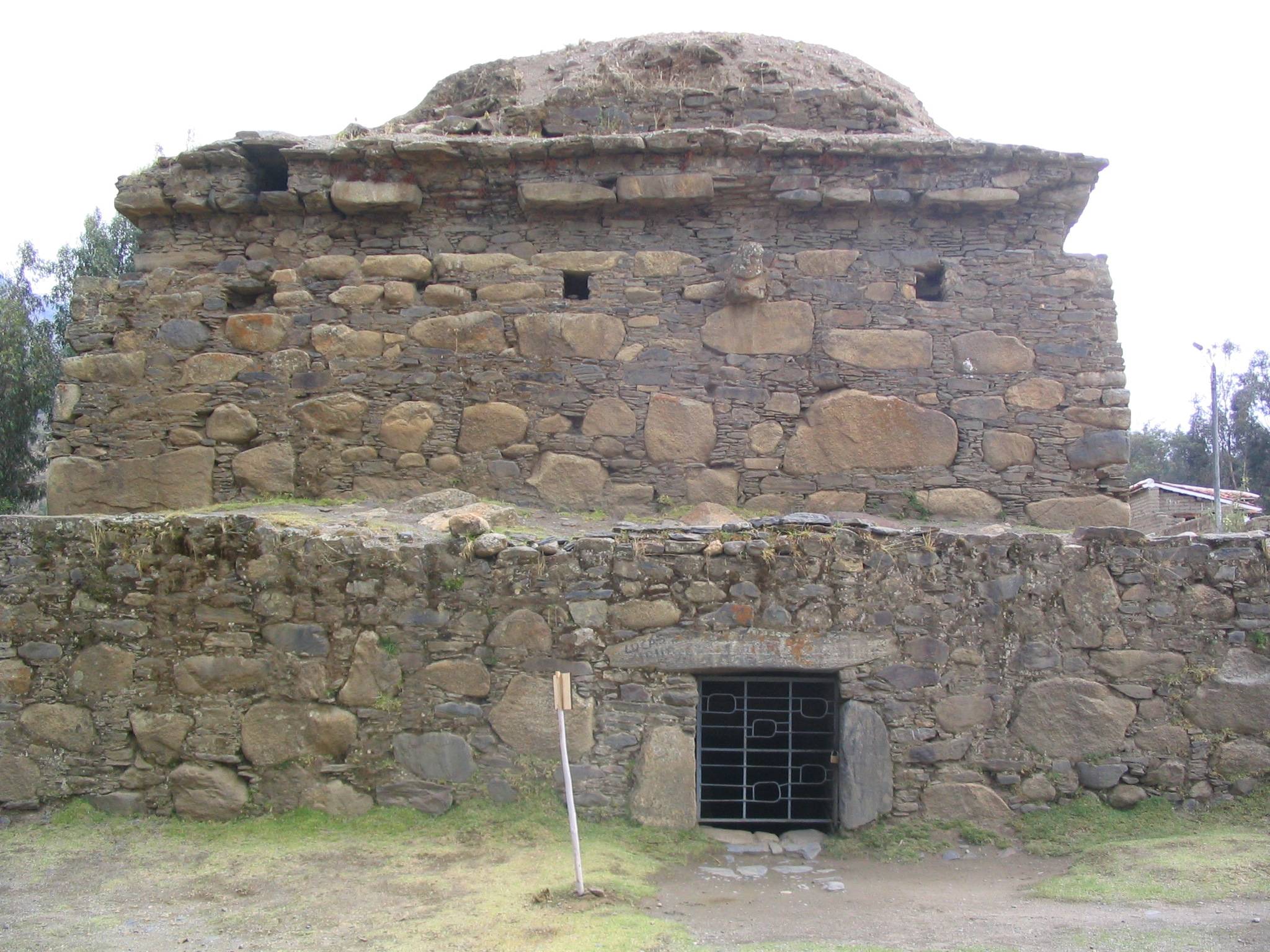
Architectural Marvels of Wilcahuaín
The main building, often referred to as a “temple,” is more accurately described as a mausoleum, part of the urban center of Huilcahuaín. Its construction involved flattening the surface partially to accommodate the structure. Measuring about 10.7 by 15.6 meters at its base, the building’s masonry comprises rustic stone and clay mortar. It features three floors connected by interior stairs and ramps, with a total of 19 interior rooms. The design also incorporates a sophisticated ventilation system for its galleries and wells, and the roof is constructed from large slabs arranged in a double slope, reaching a height of 9 meters.
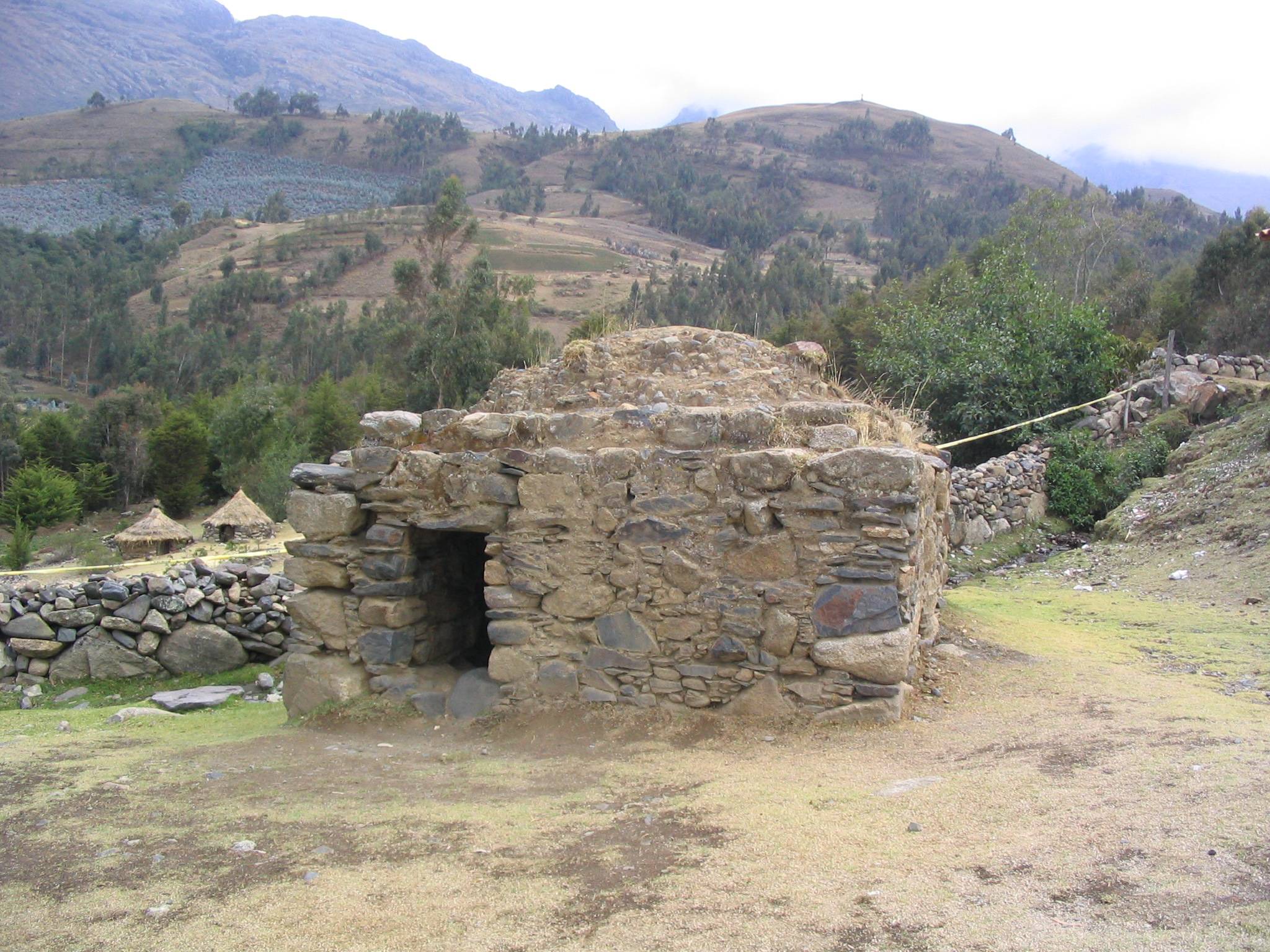
The Huari Influence and Cultural Transformation
By the time of the Huari expansion, which aimed to establish a widespread Andean empire between the 7th and 10th centuries AD, Wilcahuaín had already been a longstanding cultural and administrative hub. The Huari’s influence is evident in the shift from traditional underground gallery tombs to the construction of imposing mausoleums or chullpas, indicative of Tiahuanaco-Huari cultural practices. These structures served as burial sites for the elite, showcasing the cultural integration and evolution within the Callejón de Huaylas region.
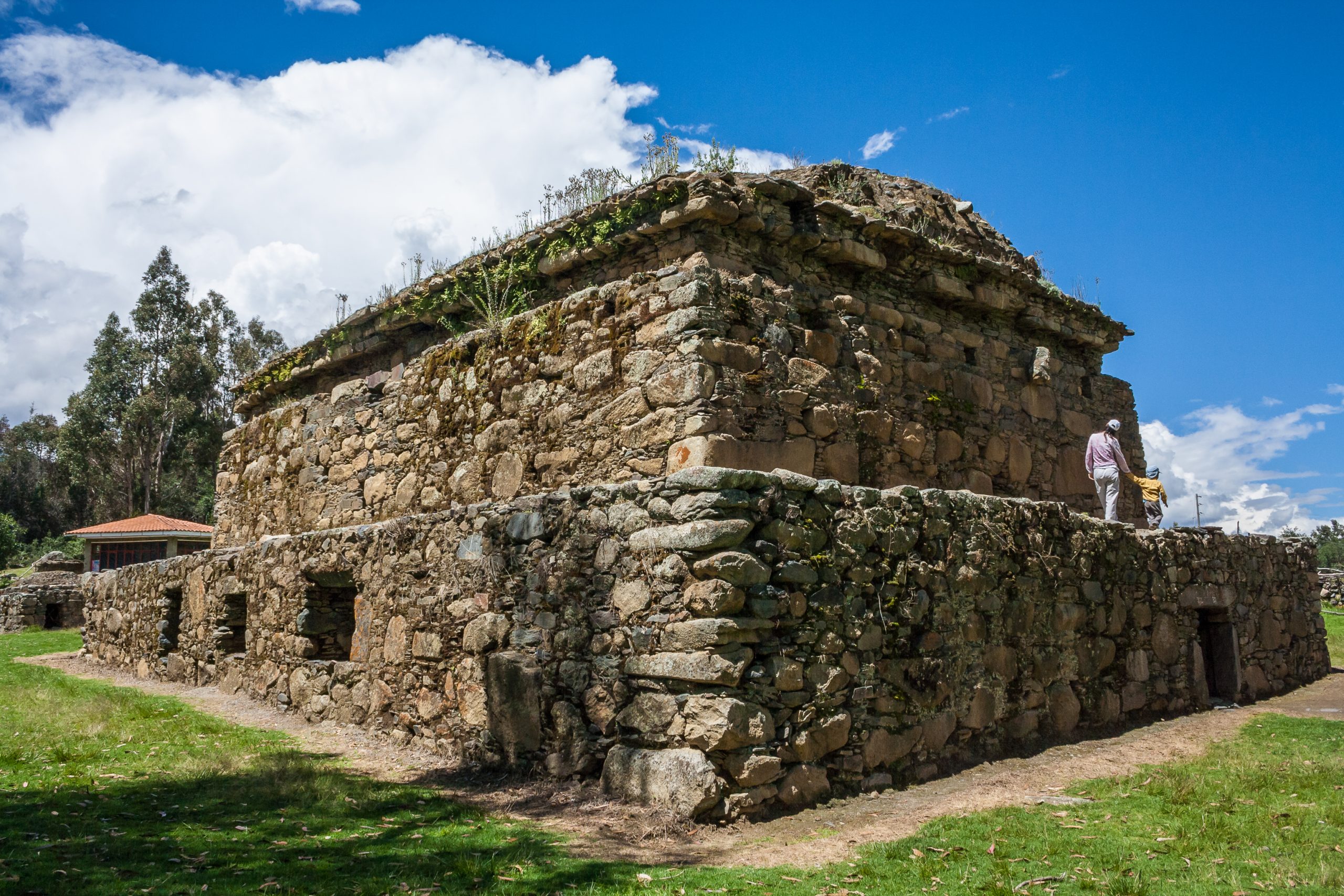
Ichic Willkahuaín: A Companion Site
Approximately 800 meters from Wilcahuaín lies the archaeological complex of Ichic Willkahuaín, consisting of 15 chullpas that also bear the hallmark of Huari architectural influence. These small towers, intended as collective graves for the elite, signify a departure from the traditional burial practices dating back to the Chavín culture. Excavations funded by the mining company Barrick Misquichilca between 2005 and 2007 have dated the complex to around 700 AD, aligning with the rise of the Huari culture. Artifacts such as textiles, metal objects, offering ceramics, and fulling mills unearthed at the site provide valuable insights into the religious rituals and daily life of its inhabitants.
Conclusion
The archaeological complex of Wilcahuaín and Ichic Willkahuaín offers a fascinating glimpse into the cultural dynamics and architectural achievements of ancient Peru. Through the study of these sites, we gain a deeper understanding of the interplay between different cultures and the evolution of societal practices over time. As research continues, these ancient ruins will undoubtedly reveal more about the rich tapestry of human history in the Andean region.
Sources:

